#zuni
Text
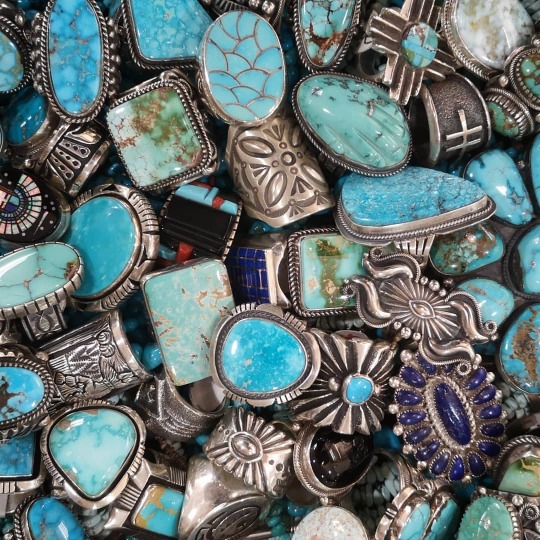
#harpo paris#native american jewelry#zuni#navajo#native american#style#vintage jewellery#silver jewelry#south western#silver#turquoise#mens style
400 notes
·
View notes
Text
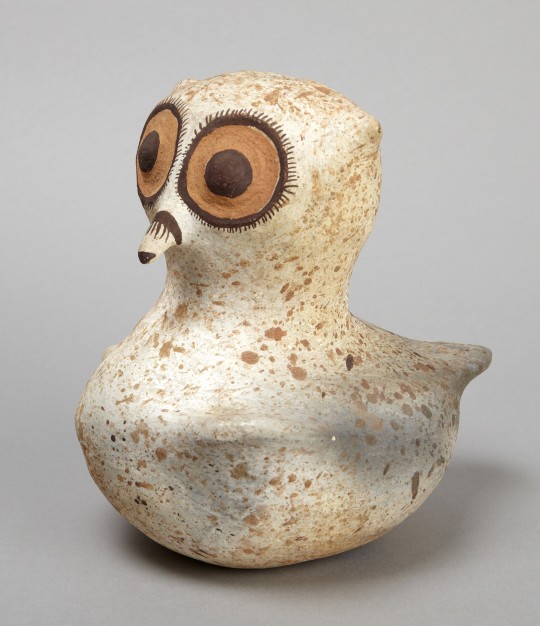
▪︎ Owl.
Place of origin: North America, United States, New Mexico, Zuni Pueblo (?), Colorado Plateau
Culture: Zuni, Native American
Date: ca. 1880
Medium: Ceramic with polychrome slip
567 notes
·
View notes
Text



Zuni people from the village of Hawikuu fled to the Dowa Yalanne mesa top to escape the attack by the Coronado expedition in 1540. The 14 structures used as a refuge from the Spaniards off and on between 1540 and 1680 were called Heshoda Ayahltona ("ancient buildings above").
Zuni Visitor Center - (505) 782-7238
#New Mexico#Zuni#Ashiwi#tours#history#culture#heritage#Native American#road trip#day trip#weekend getaway#nature#American West
31 notes
·
View notes
Photo
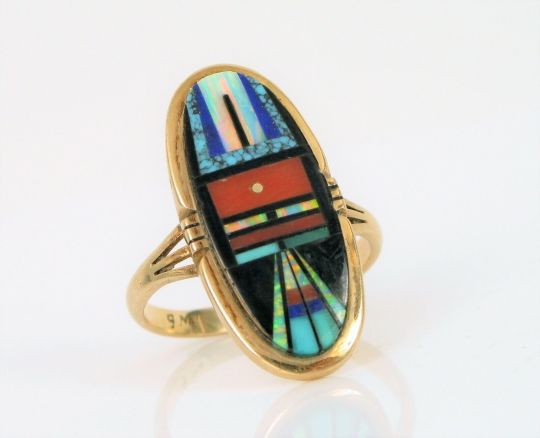
Vintage 14k Yellow Gold Zuni Inlay Ring
153 notes
·
View notes
Text

Is it true that native Americans didn't believe in the concept of "private ownership" of land? If so, why did so many tribes fight each other or attack anyone who intruded into their lands?
Originally Answered: Is it really true that native Americans didn't believe in the concept of "private ownership" of land? If that is the case, then why did so many tribes fight each other or attack anyone who intruded their lands?
For a start, that’s not private ownership. It’s more like collective ownership. That is, land isn’t divided up into individual plots which this or that person can use or dispose of as they please. Rather, the land is collectively held by the entire tribe.
Moreover, the kinds of ownership involved were much looser than the way we conceive of property rights these days. This whole “attack anyone who intruded on their lands” bit is essentially fiction created by people who wrote westerns or (white) outsiders’ somewhat exaggerated descriptions of increasing hostility and defensiveness in reaction to generations of warfare late in the colonial era. That is, indigenous peoples learned and adopted ideas of ownership because that system was to a considerable extent forced on them. Before all of that, groups had lands they traditionally inhabited and used, but they recognized that other people might travel through their territory, hunters might cross over into their lands in pursuit of game they were chasing, and so on. These were largely regarded as legitimate. Indeed, in most cases, modest numbers of newcomers were accommodated. This person or this family have wandered in and want to settle down? Well, nobody’s using that patch of ground over there; it’ll be fine if they go use it. Substantive incursions would get pushback, but even that was less about defending property and more about defending the people and their survival. If tribe A comes in and hunts all the deer near tribe B, tribe B starves. The land itself isn’t the issue as much as the ability to inhabit the places they’ve habitually inhabited.
Oh, and let’s not forget that there were hundreds of societies across what became the US, each with their own ideas about property and ownership. More nomadic groups tended to have much looser ideas of ownership than more sedentary ones. People like, say, the Zuni or the Navajo would have a different approach to property than the Comanche or the Salish, so a lot depends on exactly who you’re talking about.
#kemetic dreams#native american#native americans#zuni#navajo#comanche#salish#asian#asians#asian american
210 notes
·
View notes
Text

Adam Clark Vroman (American, 1856–1916)
Playing card depicting two Zuni water carriers, ca. 1900
Rijksmuseum
28 notes
·
View notes
Photo

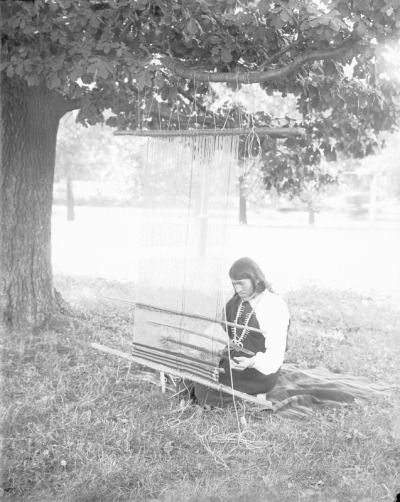
Pride 2022 05/30 - We’wha
Born c.1849 at Zuni (now in New Mexico), We’wha was a lhamana - a Zuni gender including both masculine and feminine roles. Lhamana in general and We’wha in particular were recognised as highly skilled craftspeople.
In 1885, We’wha travelled to Washington DC as a representative of the Zuni people, where they worked with anthropologists and the Smithsonian museum to demonstrate and share information about Zuni crafts and culture.
learn more with queer as fact: a queer history podcast
[Image description: We’wha, a Zuni lhamana with a dark bob, wearing a Zuni dress, blanket and necklace (1894); We’wha seated under a tree weaving on a loom suspended from a branch above]
#we'wha#pride 2022#pride#queer history#lgbt history#trans history#two spirit#indigenous history#native history#zuni
478 notes
·
View notes
Note
i dont mean to sound offensive, but is English not your first language?
you make a lot of common grammar mistakes that non-English speakers make. If not, what's your native language?
just curious! :)
Yes English is the second language that I speak...wait where was the Grammer mistakes? So going to school did not pay off? Lol
I'm actually Native American (Zuni Pueblo Tribe) so my native language is my main language that I talk so yeah it's fine!
Fun fact: Eric is half native american (same tribe as me) from Nina's side!
#it's quite alright#spooky month#spooky month oc#native american#native american for life#zuni#zuni pueblo#where was the grammer mistakes?! tell me!!#lol
15 notes
·
View notes
Text
In Cinderella Tales From Around the World, I've now read all the tales from the United States and Canada. Most of these variants are Native American; some scholars think the archetype of Cinderella spread to these tribes from French Canadian settlers, but the indigenous people made it their own. There are also some US and Canadian variants from non-indigenous sources, which the book follows with two similar versions from the West Indies.
*The first Native American variant in this book is an Ojibwe version. The heroine is abused by her stepmother and two stepsisters, but a manitou (spirit) gives her fine clothes and a magical box in which to secretly store them. Some time later, the stepmother sends her to fetch water, and along the way the girl meets her grandmother, who warns her that she'll hear music, but not to look back in its direction – if she succeeds in not looking back, she'll become more beautiful than ever. She does, so one of the stepsisters sets out to the same place to gain new beauty too, but she ignores the grandmother's warning, looks back, and turns ugly. Some time after this, a dance takes place, the heroine attends wearing the dress the manitou gave her, and the chief's son falls in love with her and marries her. But after she gives birth to a son, the stepmother sticks a magic pin in her that turns her into an elk, and one of the stepsisters takes her place. Yet as in similar European variants, every day the elk comes back to nurse her baby, and eventually her husband finds her and pulls out the pin, restoring her to human form. He then has the stepmother and stepsisters executed.
*Another variant, from the Mi'kmaq and Algonquin peoples, is one I grew up with: it's been adapted into two picture books, The Rough-Face Girl and Sootface, and as "The Indian Cinderella" in an episode of the cartoon series Adventures from the Book of Virtues. The heroine lives with her father and her two cruel older sisters, who destroy her beauty by burning her with hot coals, singing off her hair and leaving her face covered with scars. Meanwhile, near their village lives a great, mystical chief or warrior who is invisible, or who can make himself invisible. Every girl in the village wants to marry him, including the two sisters, and they all dress in their finest to go and meet him. But the Invisible One will only marry a maiden who can see him, so his (visible) sister meets each one of them, and tests them by asking what his sled-strap and bowstring are made of. All the maidens, including the heroines' sisters, tell lies and are sent away. But the heroine dresses herself in improvised clothes and goes too, despite all her neighbors jeering at how ugly and shabby she looks. When the Invisible One's sister asks the usual question, she replies that his sled-strap is the rainbow and his bowstring is the Milky Way. This is the true answer. The sister then bathes her, which makes her hair grow back and heals her burn scars to reveal her natural beauty, and she marries the Invisible One.
**There's also a Huron variant on this story, with long additional episodes where suitors court the two older sisters, but they disdain the men, set near-impossible tasks for them, and when they succeed, finally say they'll marry them only when they've finished embroidering fabrics for the wedding. They force their younger sister to do the embroidery for them, but every night, like Penelope in The Odyssey, they undo some of it. Eventually, however, a great invisible chief comes to call, and the older sisters lie that they can see him but describe him inaccurately, while the youngest sister describes his true, otherworldly appearance and becomes his bride.
*The Zuñi tribe has a variant called The Turkey Girl, which stands apart from most others by having a sad ending. The heroine is a poor orphan, who either lives alone or with abusive sisters depending on the version, and earns her living by herding turkeys. One day a sacred dance is held and she longs to attend, so her turkeys magically wash her and dress her in finery and jewelry. But they warn her to come back before sunset to lead them home and feed them. The girl promises to do so, but at the dance she enjoys herself so much that she doesn't bother to go home in time. She comes back after dark to find that all the turkeys have fled into the wild, abandoning her to loneliness and poverty. This tale seems to be an allegory, warning poor people whose fortunes improve not to forget their old friends or be ungrateful to those who helped them.
*The book also includes retellings of Perrault's Cendrillon from Canada, the Southern US (written in slave dialect), the Bahamas, and Martinique. They're not different enough from from Perrault's version to warrant descriptions, but it's interesting to see the story told with each of these places' local flavors and dialects.
@ariel-seagull-wings, @adarkrainbow, @themousefromfantasyland
#cinderella#fairy tale#variations#cinderella tales from around the world#heidi ann heiner#native american#ojibwe#mi'kmaq#algonquin#zuni#french canadian#southern usa#african american#the west indies#the bahamas#martinique
11 notes
·
View notes
Text

#worn over time#navajo#vintage jewelry#style#vintagestyle#gemstone rings#rings#native american jewelry#Navajo Jewerly#zuni
101 notes
·
View notes
Text

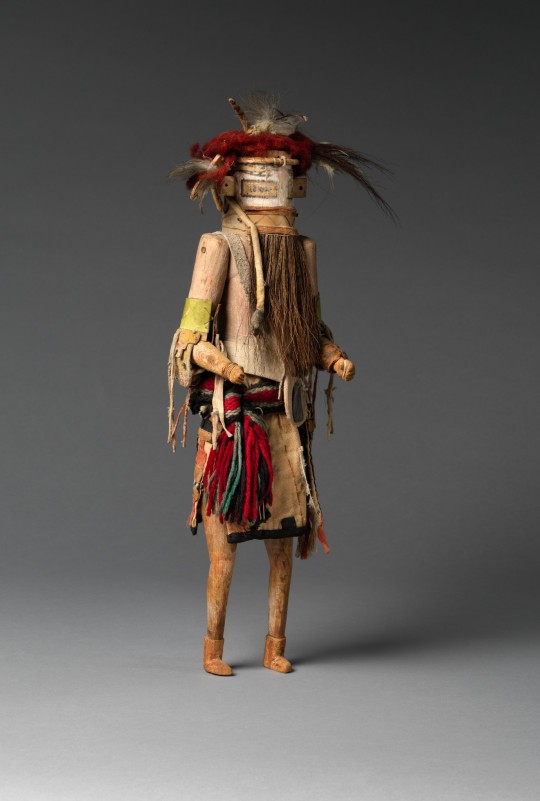


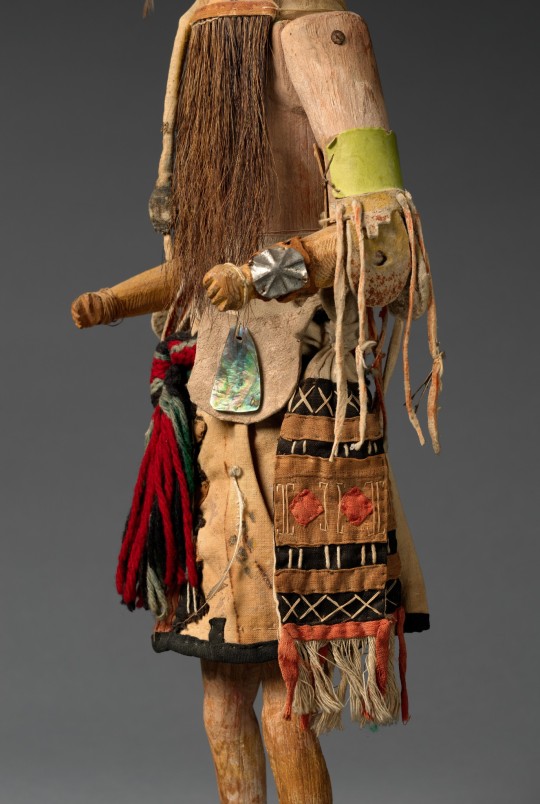
▪︎ Hiilili Kokko (Katsina Figure).
Date: ca. 1900
Place of origin: Arizona, United States
Culture: Zuni, Native American
Medium: Cottonwood, pigment, cotton cloth, wool yarn, tanned leather, feathers, horsehair, vegetal fiber, metal, and paper.
#art#history#history of art#native american#native american art#Hiilili Kokko#katsina#zuni#arizona#united states#ca. 1900
153 notes
·
View notes
Photo
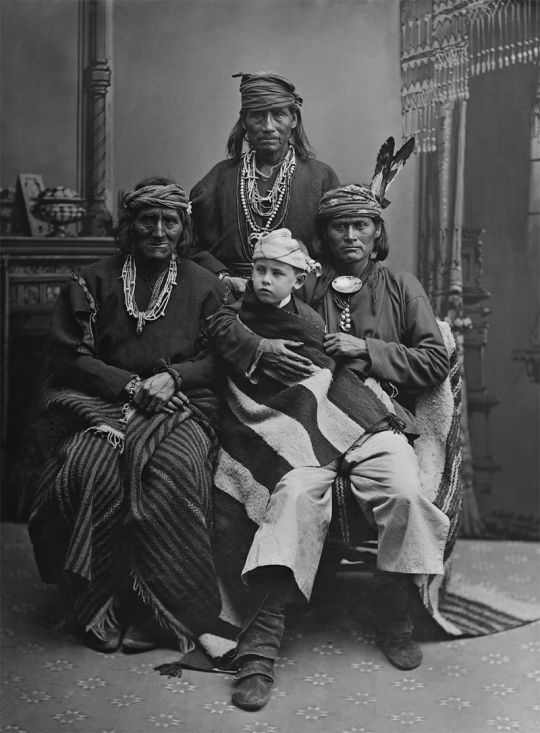

Zuni
The Zuni are Native American Pueblo peoples native to the Zuni River valley. The Zuni are a Federally recognized tribe and most live in the Pueblo of Zuni on the Zuni River, a tributary of the Little Colorado River, in western New Mexico, United States. The Pueblo of Zuni is 55 km (34 mi) south of Gallup, New Mexico. The Zuni tribe lived in multi-level adobe houses. In addition to the reservation, the tribe owns trust lands in Catron County, New Mexico, and Apache County, Arizona. The Zuni call their homeland Halona Idiwan’a or Middle Place. The word Zuni is believed to derive from the Western Keres language (Acoma) word sɨ̂‧ni, or a cognate thereof.
https://en.wikipedia.org/wiki/Zuni_people
80 notes
·
View notes
Text
Fixing the Timeline ✨
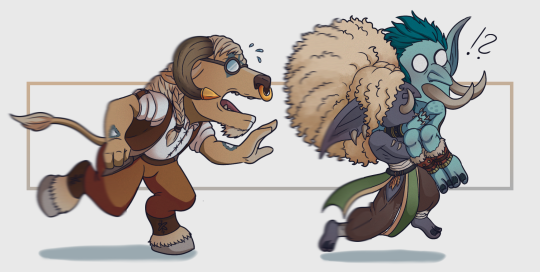
#Zuni#Andantenormu#Mamba#world of warcraft#wow#argent dawn#horde#oc#troll#wow troll#bronze dragonflight#dragonflight
55 notes
·
View notes
Photo

This doll belonged to the Zuni people of western New Mexico.
58 notes
·
View notes
Photo



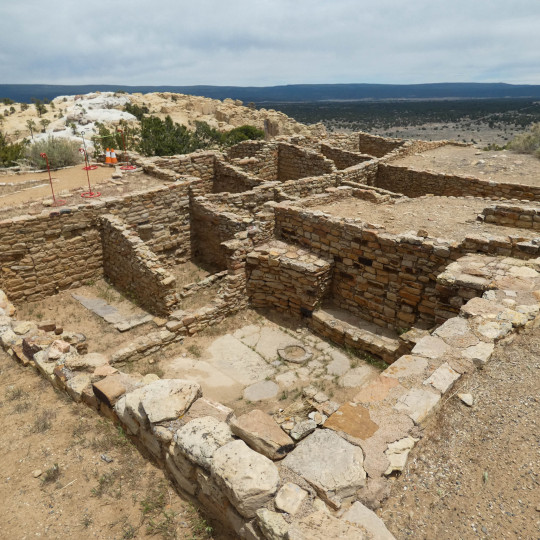
Encompassing 2 square miles, El Morro is one of New Mexico’s smallest, and most peculiar, national monuments. The Federal Government established the monument in 1906 to preserve the inscriptions and petroglyphs lining the base of the cliff, as well as the partially excavated Zuni pueblo village of A’ts’ina on top of the mesa. El Morro is an oasis on the arid plains of western New Mexico. A natural water cache at the base of the mesa has formed a deep pool, replenished by snow melt and run off, providing a year-round, reliable source of fresh water in an otherwise parched environment. The pool is on the eastern side of the mesa, with 200-foot stone walls providing shade most of the day.
#new mexico#travel#native american#zuni#optoutside#ashiwi#national monument#day trip#road trip#weekend getaway
33 notes
·
View notes
Text

Group of Zuni Indian Braves - O'Sullivan - 1873
63 notes
·
View notes